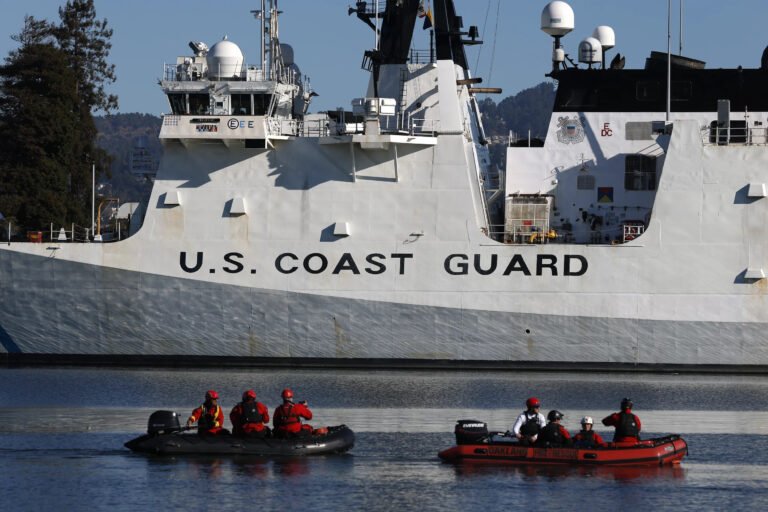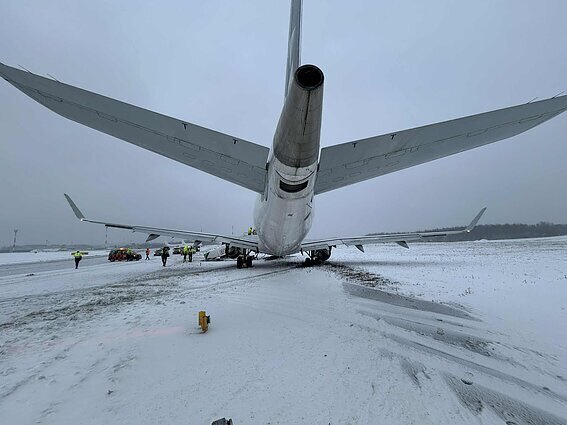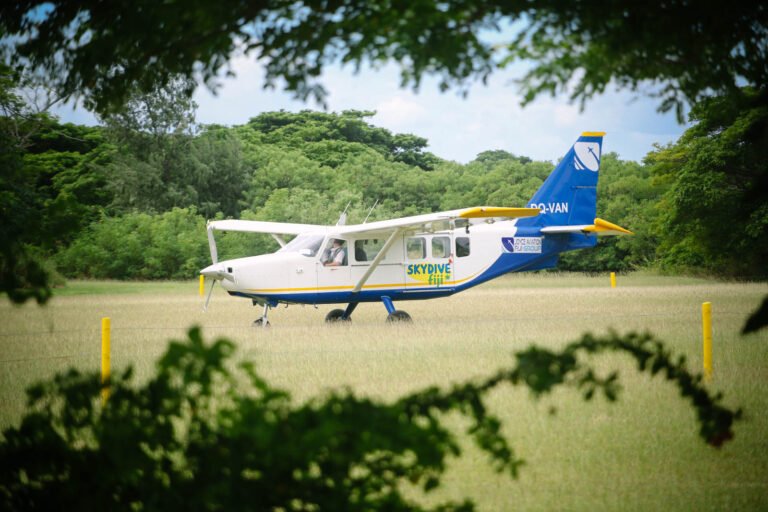Picture Credits: Mate Airman Phillip A. McDaniel, US Navy (Wikipedia)
Washington, UNITED STATES: On April 28, 2025, an F/A-18E Super Hornet from the USS Harry S. Truman was lost overboard while the aircraft carrier was operating in the Red Sea. The incident occurred during a high-speed evasive maneuver performed by the carrier’s crew to avoid an inbound threat from Yemen’s Houthi rebels. The maneuver, which involved a sharp turn, caused the aircraft, which was being towed in the hangar bay, to slide off the deck.
One sailor sustained minor injuries during the event, and an investigation is underway. Although the aircraft, valued at approximately $60 million, was lost, the carrier and its strike group remain fully operational, continuing their mission in the region.
Rising Tensions in the Red Sea
The Red Sea has seen increased military activity due to the actions of Yemen’s Houthi rebels, who have been targeting shipping lanes with missile and drone attacks. The U.S. Navy’s presence in the area is crucial for safeguarding vital trade routes, particularly around the Bab el-Mandeb Strait, a critical passage for global shipping.
The USS Harry S. Truman has been part of ongoing efforts to counter these threats, and this marks the second Super Hornet lost in the region in the past six months. The previous loss resulted from a mechanical failure during flight operations. The latest incident occurred while the aircraft was not airborne but being moved on the carrier’s deck, highlighting the risks faced by naval forces even during routine operations.
Operational and Strategic Impact
The U.S. Navy’s role in the region extends beyond security; it is essential for the safe passage of goods through the Red Sea. The Bab el-Mandeb Strait is a vital shipping lane for oil and other critical resources. Protecting these waterways is important not just for U.S. interests but for global commerce.
Due to Houthi activity, U.S. warships frequently intercept missiles and drones targeting both military and civilian vessels. The USS Harry S. Truman has been carrying out maneuvers to mitigate these threats, and the loss of the Super Hornet emphasizes the dangers involved in operating in such a high-risk environment.
Military experts believe the incident could prompt a review of procedures related to aircraft movement and securing during operations in contested waters. Retired Navy Captain Eric Walters noted, “Every aspect of carrier operations, especially securing aircraft, requires more caution in regions with heightened threats.”
Recovery Efforts and Next Steps
As of now, the Navy has not initiated any recovery operations for the lost aircraft, as the depth of the waters and the operational priorities of the strike group make recovery difficult. The Navy has not confirmed whether the jet contained any classified equipment at the time of the incident.
The USS Harry S. Truman continues its mission in the region, and the carrier strike group remains ready to respond to any further threats as tensions with the Houthi rebels and other actors in the region persist.
For professional insights and daily defense updates, subscribe to Aviation Today.





















